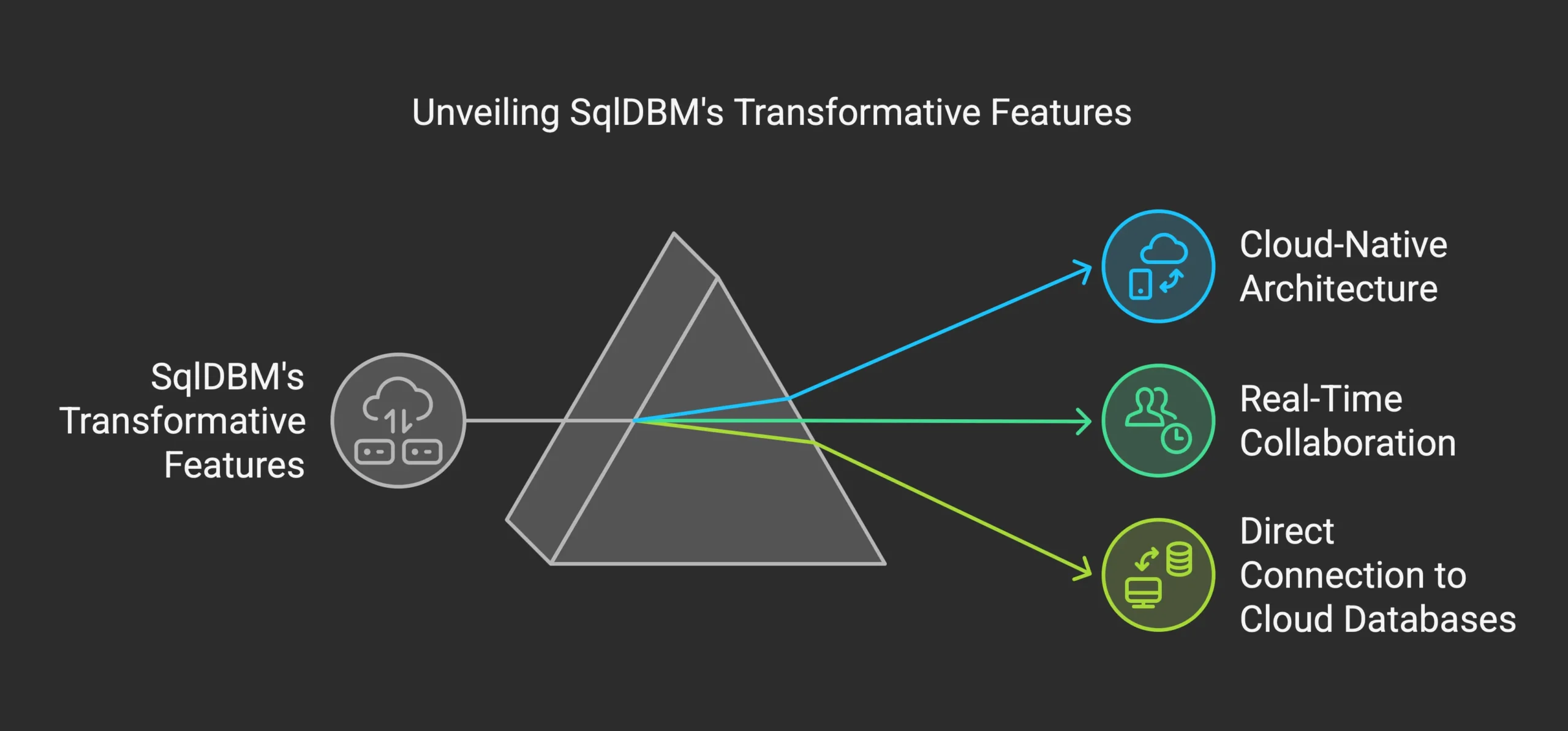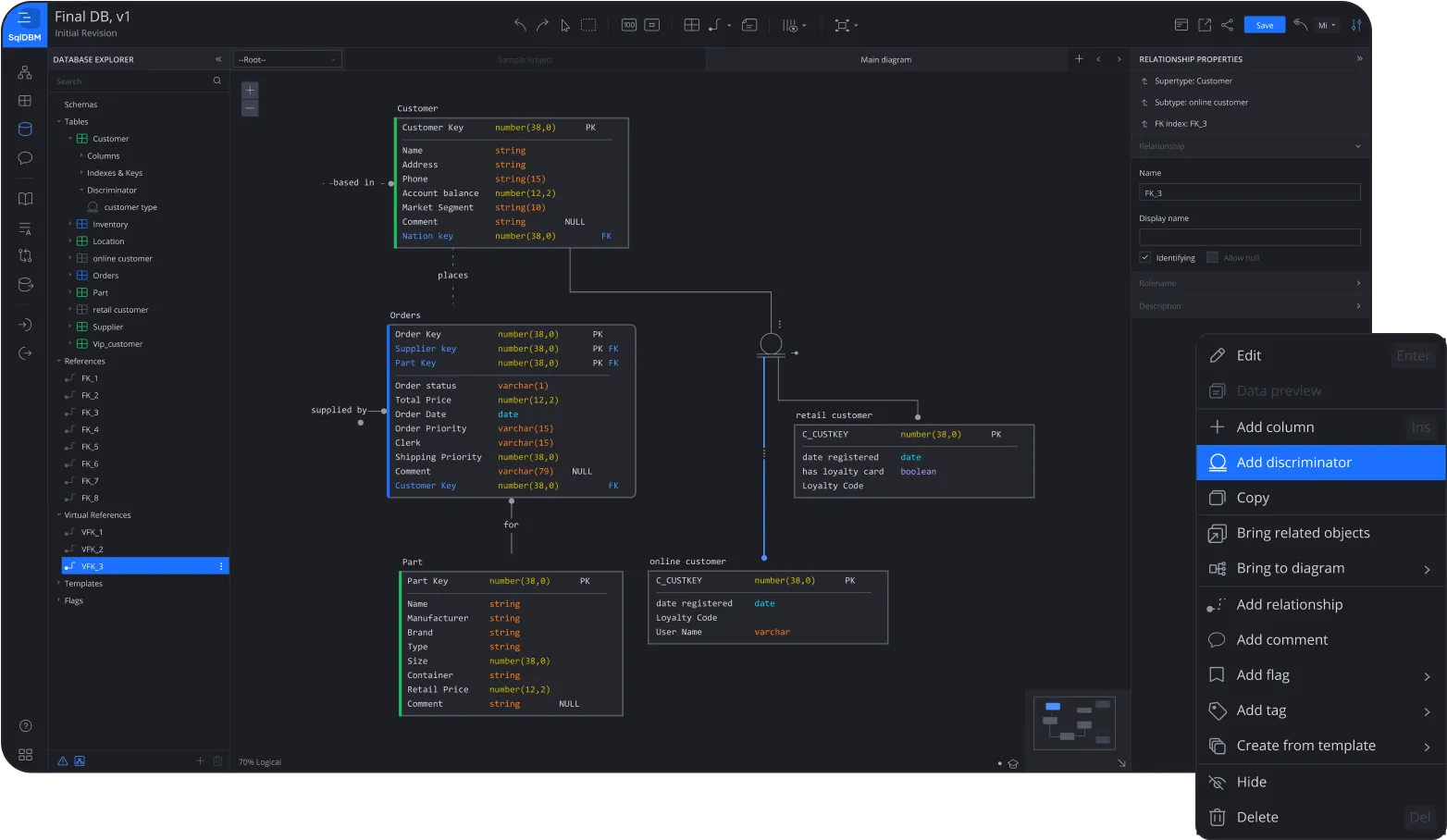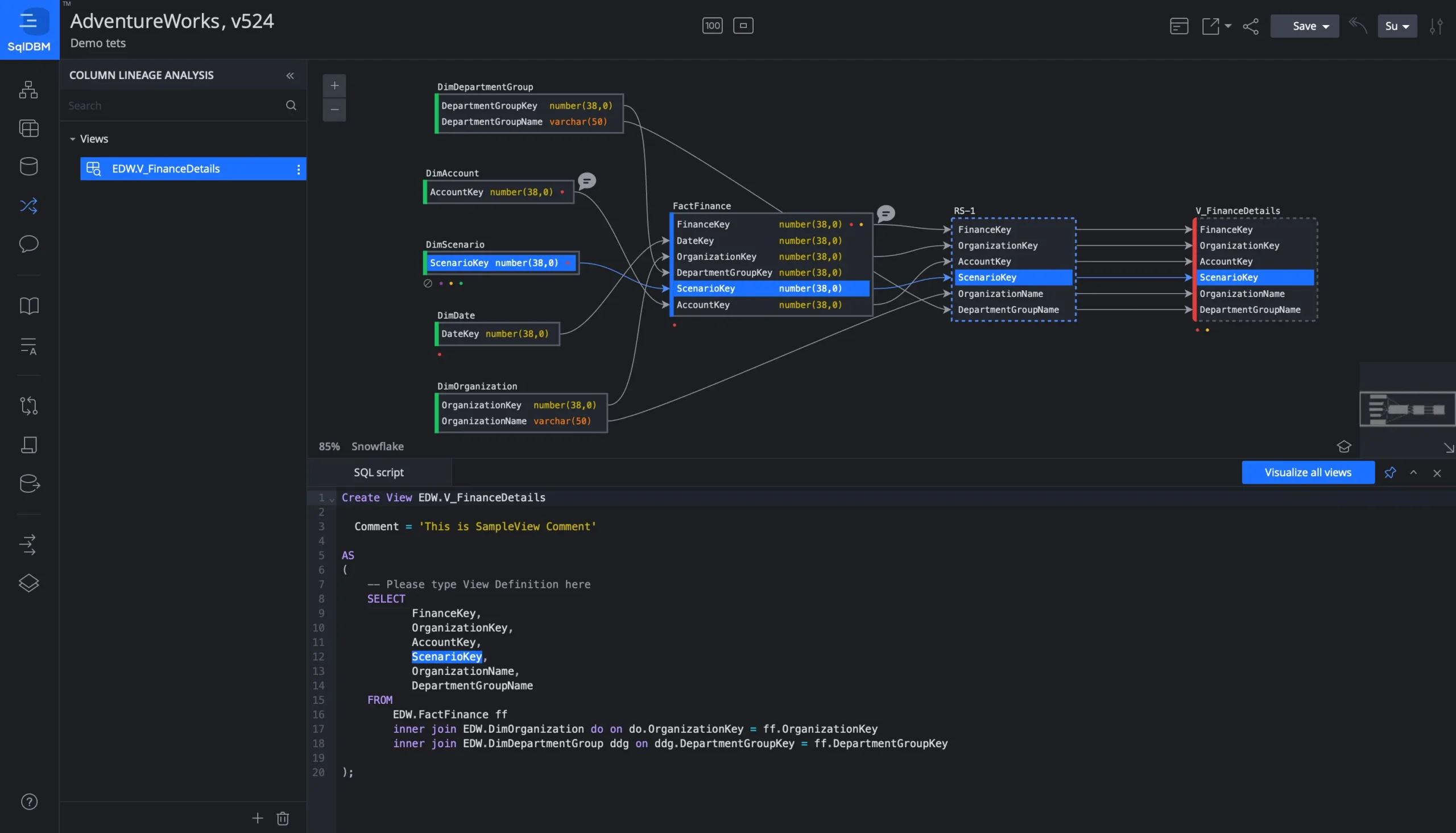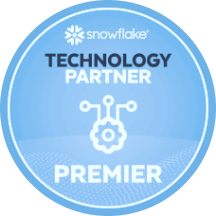Introduction
As organizations accelerate their journey toward AI/ML-driven decision-making, Chief Data Officers (CDOs) and AI/ML leaders must establish a robust data architecture that supports innovation, collaboration, and scalability. The key to success lies in efficient data modeling — ensuring that data is structured, governed, and optimized for both operational and analytical use cases.
SqlDBM, a cloud-based data modeling platform, introduces a comprehensive suite of foundational and new features designed to revolutionize data modeling practices. These enhancements empower organizations to drive data democratization, enable seamless collaboration, and optimize cloud-native architectures. In this article, we will explore how SqlDBM’s capabilities align with the strategic objectives of AI/ML leaders and CDOs.
The Need for Modern Data Modeling
For AI/ML leaders and CDOs, the challenges of data architecture are significant. Many organizations struggle with data silos, where disconnected data sources and fragmented modeling efforts hinder the ability to derive meaningful insights. Slow development cycles caused by traditional modeling tools and offline workflows further complicate AI/ML initiatives. Version control issues often emerge from outdated file-sharing practices, leading to inconsistencies in data models. Meanwhile, the lack of real-time collaboration leaves data teams working in isolation, creating misalignment between engineering, analytics, and business units. As companies move toward cloud-native architectures, maintaining a centralized and scalable data model is crucial to ensuring long-term success.
SqlDBM addresses these challenges by offering a cloud-based, integrated modeling platform that enhances agility and governance. By eliminating inefficiencies, it allows organizations to focus on deriving actionable intelligence from their data rather than struggling with infrastructure limitations.

The Foundation of SqlDBM’s Innovation
At the core of SqlDBM’s value proposition is its cloud-native architecture, which allows organizations to build and maintain models without installing complex software or managing on-premise infrastructure. This SaaS-based approach accelerates deployment, eliminates the need for lengthy installations, and ensures that teams are always working with the latest features and security patches. With seamless integration into cloud platforms like Snowflake, Azure Synapse, Databricks, and Google BigQuery, SqlDBM reduces the IT burden and ensures scalability.
Collaboration is another cornerstone of SqlDBM’s platform. In many organizations, sequential workflows and offline reviews slow down project completion, creating bottlenecks that hinder progress. SqlDBM fosters a real-time collaborative environment where multiple users can work on different sections of a model simultaneously. Object-level comments allow stakeholders to leave direct feedback within the model, eliminating disjointed email threads. The platform’s historical record-keeping ensures that all changes and communications are tracked, maintaining model integrity and transparency.
Another feature is SqlDBM’s direct connection to cloud databases. This capability ensures consistency between models and live environments, allowing for reverse engineering, schema comparison, and improved version control. Without this feature, organizations risk inconsistencies in their models, which can lead to costly errors and misaligned data architectures.

The Future of Data Modeling with SqlDBM
Looking ahead, SqlDBM continues to push the boundaries of modern data modeling. One of its most groundbreaking additions is Global Modeling, particularly through the Global Reference feature. This innovation enables organizations to manage and share data models across multiple projects. Teams can now be automatically notified of updates to referenced objects, ensuring that changes are seamlessly propagated without the need for redundant modifications. This capability not only enhances collaboration but also aligns with modern data governance principles, allowing organizations to maintain clear ownership and accountability for their data assets. By reducing redundancy and preventing duplicate objects across projects, SqlDBM ensures that organizations maintain a unified and accurate view of their data landscape.
The logical Modeling feature separates business concepts from physical implementations, allowing for the easy conversion of models into multiple database architectures. Logical models serve as clear, business-oriented documentation of data structures, improving communication between technical and non-technical stakeholders. This empowers AI/ML teams to work with business-aligned models, ensuring that data structures reflect real-world needs rather than being constrained by specific technologies.

Standardization and efficiency are also key focus areas for SqlDBM’s latest developments. With the introduction of Table Templates, organizations can enforce consistent naming standards, data types, and table structures. This feature not only accelerates table creation but also reduces errors and ensures scalability as data architectures evolve. Similarly, SqlDBM’s enhanced importing from Excel simplifies the transition from traditional spreadsheet-based models, minimizing manual data entry and ensuring a seamless migration process.
SqlDBM’s API and metadata integration capabilities further elevate its value for AI/ML teams. By enabling the automated extraction of DDL and YAML metadata, organizations can seamlessly integrate SqlDBM with third-party AI/ML tools. This automation reduces manual intervention, accelerates model deployment, and ensures consistency across data pipelines.
As the industry evolves, SqlDBM remains at the forefront of database support enhancements. The platform continues to stay aligned with the latest advancements in cloud-native databases, ensuring compatibility with evolving features in Snowflake, Databricks, and BigQuery. These continuous updates guarantee that organizations can leverage the latest functionalities without disruptions or manual adaptations.

The Strategic Advantages for AI/ML Leaders and CDOs
For AI/ML leaders, the ability to accelerate model development is crucial. SqlDBM’s streamlined approach to data modeling allows teams to quickly adapt to new data sources, ensure high-quality training data, and automate model deployment. By providing a structured and scalable data modeling framework, organizations can eliminate inefficiencies that often slow down AI/ML initiatives.
From a governance perspective, SqlDBM enhances enterprise data management by standardizing metadata, enforcing naming conventions, and maintaining an auditable change history. These capabilities ensure compliance with regulatory requirements while minimizing inconsistencies across data models. This structured approach not only improves data quality but also enhances trust in AI/ML-driven insights.
Beyond governance and development speed, SqlDBM’s cloud-based modeling solution significantly reduces operational costs. By eliminating manual workflows, redundant modeling efforts, and IT overhead, organizations can reallocate resources toward more strategic initiatives. The ability to enforce best practices and maintain consistency across data models ensures long-term scalability and efficiency.
Conclusion

SqlDBM is redefining data modeling for AI/ML leaders and CDOs, providing a scalable, collaborative, and cloud-native solution. With its latest features, organizations can enhance collaboration, standardize and govern data models, and accelerate AI/ML project lifecycles. For enterprises looking to future-proof their data strategy, SqlDBM serves as a key enabler of innovation and efficiency.
The future of data-driven decision-making hinges on having a structured, accessible, and well-governed data foundation. SqlDBM’s modern approach eliminates inefficiencies and allows businesses to focus on leveraging data for actionable insights. By embracing the latest modeling techniques and automation capabilities, AI/ML leaders and CDOs can drive transformation at scale. As data continues to shape business strategies, organizations that leverage tools like SqlDBM will be better positioned to adapt, innovate, and remain competitive in an increasingly data-driven world.
As AI and ML continue to evolve, the demand for high-quality, well-structured, and reliable data models will only increase. Organizations that invest in efficient data modeling today will have a distinct advantage in the coming years. By embracing SqlDBM, companies can streamline data workflows, foster collaboration, and create a unified, governed approach to data management. The ability to swiftly adapt to industry trends and technological advancements will be a defining factor for businesses aiming to stay ahead of the competition. In this fast-paced digital age, data is more than an asset — it is the foundation of success, and SqlDBM is the tool that helps organizations harness its full potential.




